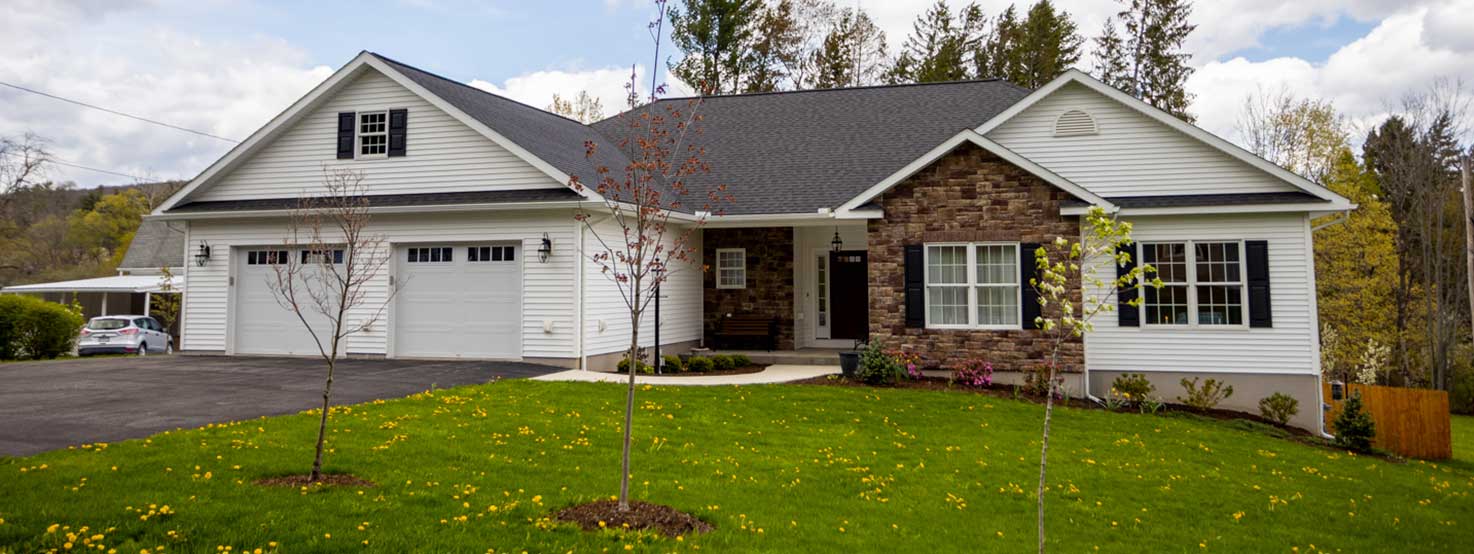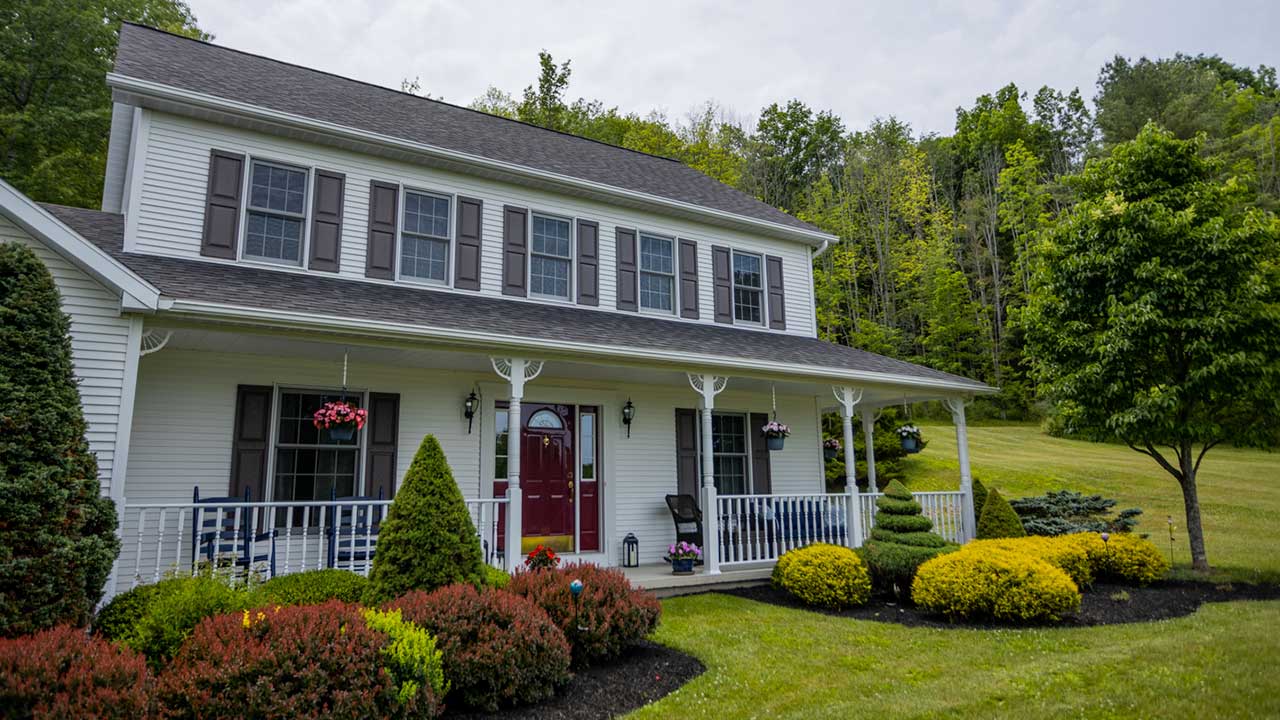Channels

Rotary

Rotary Conference

Laurel Health Centers

Penn Oak Realty

Movin Together

Bank On It

Dunhams Corner

By The Door

Questioning Life

Karschners Insurance

Ag Happenings

Back to Basics

Hornet Happenings

Live From The Hive

Momday Monday

Pennsylvania Politics

The Briefing

Weekly Highlights

Wellsboro Chamber
A Forest Redemption
Today’s feature takes place above the Pine Creek Gorge, popularly known as the Pennsylvania Grand Canyon. Over 1,000ft below lies the Pine Creek, the largest creek in the nation. It is estimate that over half a million people visit the Gorge every year to hike, bike, canoe, Kayak, snowshoe, fish, and much more.
But this is not always how the Gorge looked. If these trees could talk, they’d tell a story.
A little over three hundred years ago, this was a virgin forest. The only known inhabitants were the Iroquois Indians, who used these lands to hunt and fish. The Iroquois Indians called the Pine Creek, “Tiagaghton,” which either meant “The River of Pines” or “The Lost Bewildered River.” Either name would have been an apt description of terrain. White Pine towered over the forest, easily reaching diameters of 3-6’ and heights of 150 feet. It was reported that many grew so high that it would take three grown men to wrap their arms around it. The eighteenth-century botanist John Bartman refused to estimate the height of White Pine he encountered, for fear that no one would believe him. Nestled among the White Pine were Hemlock groves. One Hemlock stump was reported to be nine feet in diameter. So dense was the forest that many places were completely void of undergrowth. A traveler could walk on nothing but Hemlock Needles. Not only were the trees magnificent, but the animals were abundant. One early explorer reported seeing 200 or so elk at one forks in the Pine Creek. There is a report of a hunter who caught an Elk measuring 16 hands having horns 5 ½ feet long with 11 branches. In addition to Elk, there were reports of mountain lion, wolves, foxes, bobcats, dear, bear, lynx, and on the list goes.
But what happened to this majestic land, this forest primeval?
The first sawmills arrived in this area in the early nineteenth century. Their impact was minimal. The output of these water powered-mills could barely make a dent in that lush forest. But, as so often happens, where there is a buck to be made, the vultures circle. In 1810 there were only 11 sawmills operating in and near the Gorge. Over the next thirty years that number rose to 145 mills. In one year, twenty-two million board feet of lumber went to market from Tioga County alone. The greatest seducer for these lumberman was the White. The growing population on the Eastern Seaboard and the building of clipper ships created a huge demand for high-grade White Pine to construct ship masts. Mast wood needed to be hard, straight, exceptionally strong, and able to resist the elements. Only the finest White Pine would do. The primeval White Pine were cut down, bound into rafts, and floated down the Pine Creek to downstream mills. Second to the White Pines, the Hemlock groves were cut down. Hemlock bark contains tannin, a key ingredient in the tanning of leather. It is said that it took approximately 2,000 pounds of hemlock bark to make 150-175 pounds of good sole leather. Inventions such as the steam-powered circular saws, logging booms, the geared Shay locomotive, and narrow gauge tram tracks accelerated the lumber industry. This clearcutting of the forest caused the removal of the forest’s protective coating of tope soil and humus. Unable to retain moisture, floods and landslides increased. The stripped land with its stumps and strewn debris became a hotbed for forest fires. One railroad traveler of the day wrote, “…the timber in the lower Slate Run Valley has been cut clean, and for miles around hardly a tree remained.” It was the story of “grab and greed” as George Washington Sears wrote, under his infamous pen name, Nessmuk. What is now called the Pennsylvania Grand Canyon became known as the Pennsylvania Dessert.
But how did this barren wasteland become reborn? Forest management, forest-fire prevention, replanting, multi-use timbering and recreation, and the voice of those who cared help grow the forest we see today. If left to its own devices, who knows what would have happened to this land. Perhaps, after hundreds of years, it would have begun to regrow. But, then gain, without intervention, what would have stopped the cycle from continuing. From 1904 until 1925 Pennsylvania Forestry Commission began purchasing lands that are now known as the Tioga Forest. In 1933 the Rosevelt Administration created the Civilian Conservation Corps. Men who were hit hard by the depression were brought to forest camps in and near the Gorge. Known as the CCC, these crews transformed abandoned logging railroad into 200 miles of forrest roads and trails. They built bridges and excavated pavilions. Then in 1992 Governor Casey signed the Pine Creek Scenic River Bill granting limited protection and some state funding to the Gorge. Lastly, in 1988 the ConRail Railroad ceased operation in the Gorge. A federal law called the Rails to Trails Act allowed the abandoned railroad corridors to be converted into hiking and biking trails. Efforts are currently underway to expand the Rail Trail project, which presently goes through the Gorge.
This Gorge has a story to tell: from a magnificent virgin forest to a decimated barren wilderness to a compassionately restored for present and future generations of outdoor enthusiasts to marvel at. This story has some similarities to another.
“The Son is the image of the invisible God, the firstborn over all creation. For in him all things were created: things in heaven and on earth, visible and visible, whether thrones or powers or rulers or authorities, all things have been created through him and for him. He is before all things, and in him all things hold together. And he is the head of the body, the church; he is the beginning and the firstborn from among the dead, so that in everything he might have supremacy. For God was pleased to have all his fullness dwell in him, and through him to reconcile to himself all things, whether things on earth or things in heaven, by making peace through his blood, shed on the cross.” – Colossians 1:15-20
These are the words of the Apostle Paul. Everything that is around us, every leaf, piece of bark, molecule of air was created by God. And Jesus Christ, the Son, being God himself with all of the Divinity dwelling within, was there, in the beginning, with the Father, creating it all. The Jesus Christ of history, the one the historians write of, the one the Gospel writers bear testimony to, the one who came to earth and took on human flesh, dwelling among us, was there at the beginning creating. And just as the primeval, virgin forest had been created beautiful, undefiled by the greed and the lust for more, Christ created this world good, perfect, wonderful.
But, even though Christ created it all good, something happened. Paul says that not only did he create all things, but that though him all things are being reconciled, whether things in heaven. People often looks at this world, with our contentious politics, our greed, our indifference to suffering, and conclude that if there is a God he must not really care about us. If he did, why would all of this animosity, hate, and evil exist. But, just as that forest was not to blame for its decimation, so God cannot be blamed for the destruction of his creation. Just as greed led lumberman to over grab a good thing beyond it capacity to give, humanity decided that God was not giving them enough. They needed to take things into their own hands. They not only cut themselves off from God, but they fractured their harmonious relationship with the creation God had entrusted to their care. We often think of sin as the breaking of certain rules. But, sin is much more than rule breaking. It is a inherent tendency that now exist in humanity to turn from God and his design for all creation. What God had made beautiful became tragically broken in our hands.
But, God was not satisfied to allow us to go on in our sinful pattern. He sent his Son from eternity, who was their creating with the Father at the very beginning to earth. It pleased him to have all his fullness dwell in him. And through him he reconciled all things to himself, making peace through his blood, shed on the cross. When Christ died on the cross he took our sin and nailed it on the cross with him. Through this forrest may have been able to grow again over the course of several hundreds of years, there was no other way to repair our relationship with God, and thus restore us to be who he created us to be: beautiful.
So, maybe you sense that you are not all that you desire to be. Maybe you sense that God seems far off. Maybe you feel the pull of sin in your life, perhaps not in obvious ways but more internal ways. This gift is for you. Accept him, so that your story might be: beautifully created, tragically broken, yet compassionately restored.
Credits:
Videography: Andrew Moore
Video Editing: Andrew Moore
Writing: Pastor Mike Birbeck
Produced by Vogt Media
Home Page Sponsors: Tioga Central Railroad, Pleasant Valley Veterinary Care






































